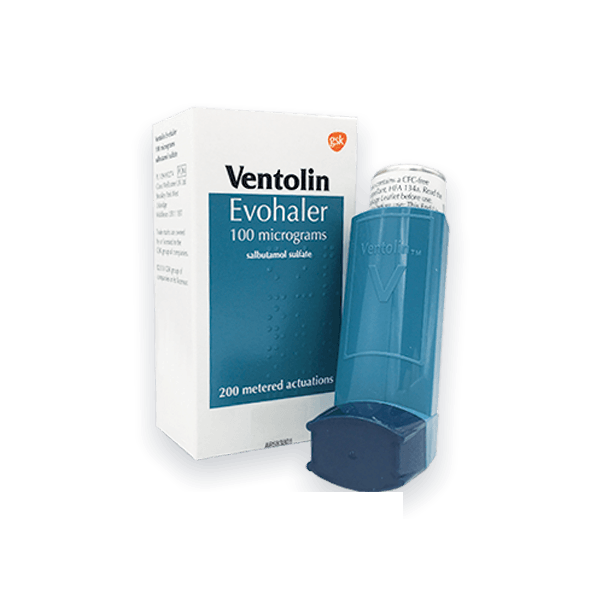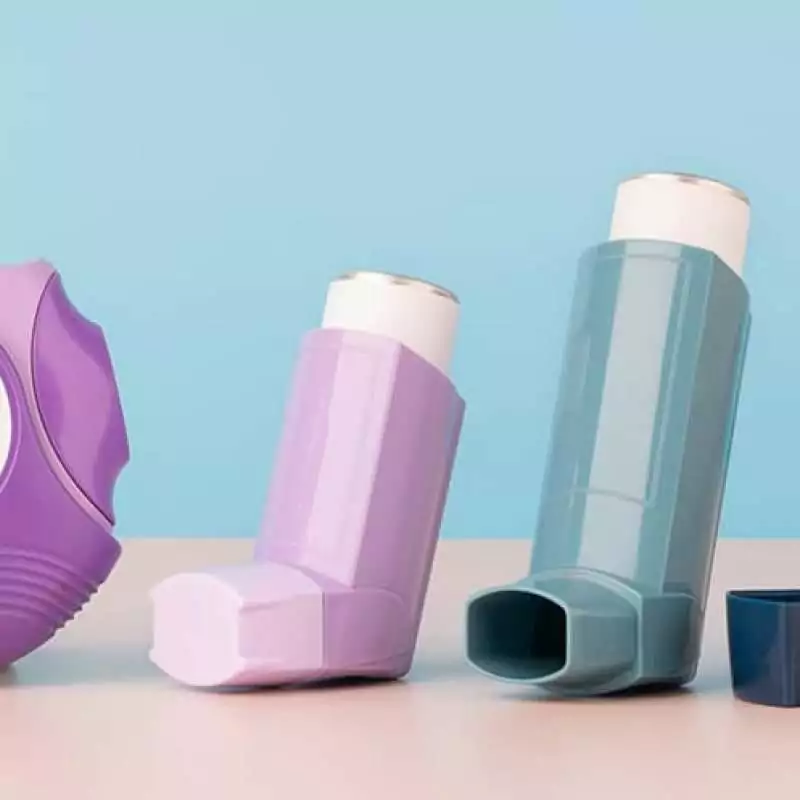
Types of Asthma Inhaler: Which Is The Right One For You?
If you suffer from asthma, you know how unpleasant it is to be caught out of breath with a tight chest and a nasty wheezing cough. Thankfully, triggered attacks and symptoms can be quickly relieved or prevented with the puff of an inhaler – if you’re using the right one, that is!
Unfortunately, inhalers aren’t a ‘one size fits all’ approach, with particular inhalers performing different functions from others. In addition, external factors such as cold weather can affect your inhaler usage. So if you want to treat your asthma effectively, you’ll need to know which one does which job. Often your GP will tell you about this in your yearly asthma review, it is also helpful to track your inhaler use with a handy asthma tracker!
In order to clear things up, we’ve decided to run down the main types of asthma inhalers and related devices in order to detail exactly what they’re used for.
Reliever Inhalers
If you’re suffering from a bout of asthma symptoms, you’ll want to reach for your reliever inhaler. As the name suggests, these inhalers are designed to provide you with quick relief from wheezing, coughing, and breathlessness.
Reliever inhalers contain medicines known as fast-acting bronchodilators, which are capable of quickly widening the airways and relaxing the muscles within your lungs. Most reliever inhalers contain the bronchodilator Salbutamol Sulfate. This medicine can effectively relieve symptoms of breathlessness within a couple of puffs, allowing you to respond to your symptoms as soon as they flare up.
Reliever inhalers are typically coded with blue colouring, which is why they’re often referred to as ‘blue reliever inhalers’. Learn how to clean your blue inhaler here!
There are plenty of reliever inhalers available for prescription in the UK, including:
• Salbutamol Inhaler (the non-branded, and therefore cheaper, version of the Ventolin Inhaler)
• Salamol Easi-Breathe Inhaler
Reliever inhalers are safe and effective treatments for asthma, but as with any other medication, it’s possible to experience side effects. These can include:
• Shakiness
• Headaches
• Feelings of anxiety
• Irritation to the mouth and throat
Likewise, you should speak to your doctor or pharmacist before using reliever inhalers if you’re pregnant, or you have a medical history of heart problems.
You should also avoid overusing your reliever inhalers, as significant overuse can actually lead to a worsening of symptoms! Remember: these types of asthma inhalers are only used for symptom relief during flare-ups. So if you’re looking for a daily use inhaler that can help prevent your attacks ahead of time, you’ll need to invest in a preventative inhaler. Find out more about the differences between Ventolin and Salbutamol inhalers here.
Preventative Inhalers
Preventative inhalers work to reduce the frequency and severity of future asthma attacks. They typically contain doses of the steroid Beclomethasone Dipropionate, which acts as an anti-inflammatory within the body to reduce swelling and irritation within the airways and lungs. By using these types of asthma inhalers every day, you should be able to breathe easier and avoid being frequently triggered causing asthmatic reactions.
The exact daily dosage of the steroid will vary according to your doctor’s prescription, and it will take a few days of regular use for the inhaler to become effective. Always ensure that you take your preventative inhaler regularly as prescribed, and not just when you think you might need it.
It’s important to combine different types of asthma inhalers (preventative inhalers and reliever inhalers) into a holistic treatment plan, as both provide something that the other can’t. Obviously, reliever inhalers only work in the case of a symptom flare-up, whereas preventative inhalers can actually help to prevent your asthma from being triggered in the first place.
But preventative inhalers cannot provide immediate relief in the event of an attack. That’s why both types of asthma inhalers need to be used correctly and as prescribed in order to best treat the condition. When you have finished your inhaler it can actually be recycled at your local pharmacy, so it’s worth checking the local recycling scheme in place in your area. This can help to reduce the carbon footprint of your inhaler.
Some preventative inhalers, such as Clenil Modulite Inhaler, are characterized by a shade of brown and so are referred to as ‘brown preventative inhalers’. Learn how to clean your Clenil inhaler here!
The range of available preventative inhalers include:
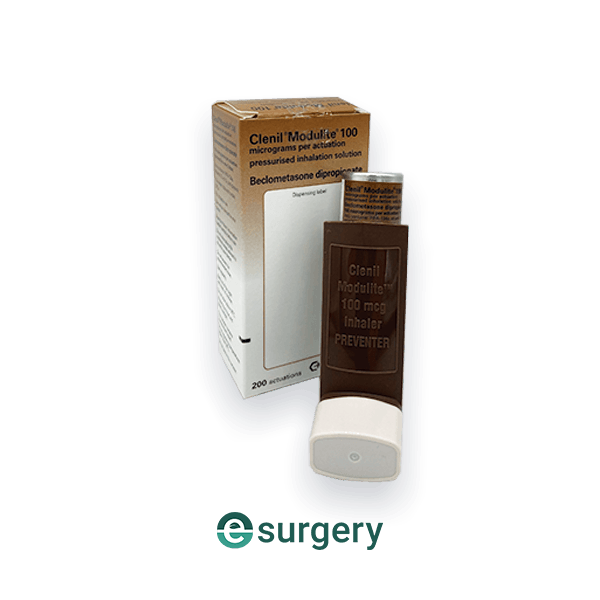
Similarly to reliever inhalers, it’s possible to experience side effects from preventative inhalers, such as:
• Hoarseness of the voice or irritation in the throat and mouth
• Change in taste
• In higher doses, a chance of developing oral thrush
In some cases, the likelihood of side effects of the voice, mouth, and throat can be reduced with a handy little device known as a spacer.
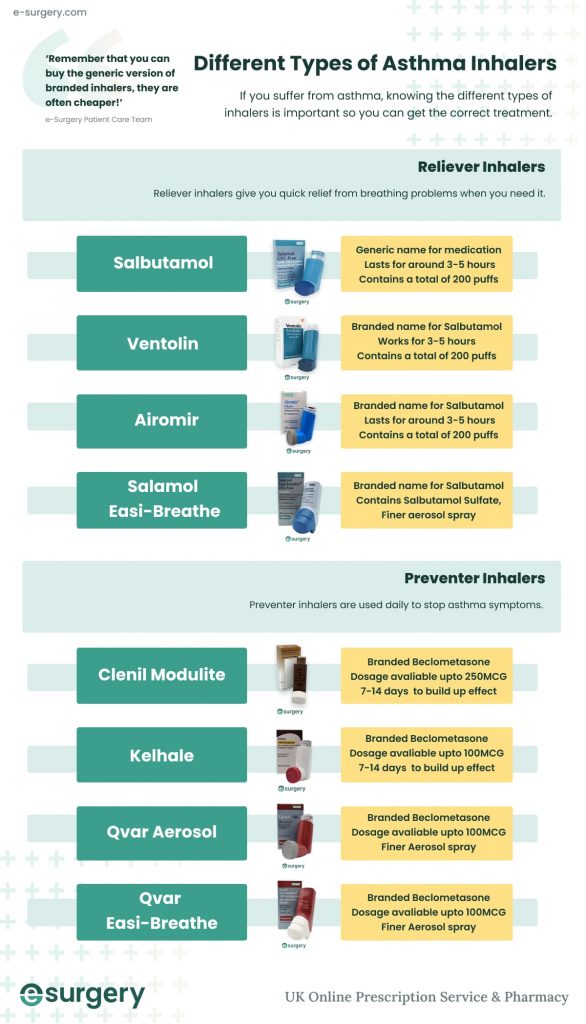
Spacers
An asthma inhaler can’t be used indefinitely – eventually, it’ll run out of doses and need to be replaced. So it’s important to get as much use out of your inhaler as possible. But if you’re struggling to administer doses properly or feel like you’re wasting medicine, you might want to try using a spacer. These work with many different types of asthma inhalers.
Spacers are clear tubes that can slot onto the mouthpiece of a metered-dose inhaler, allowing you to more slowly and precisely inhale a dose of medicine. As the medicine is collected within the spacer, it’s less of a rush to intake breath and you don’t have to get the timing exactly right in order to administer a dose. If you’ve struggled with using inhalers before, attaching a spacer can really help you to get the most effective relief from each use.
As an additional plus, spacers reduce the amount of medicine that lingers in your mouth after a dose. This not only maximises the amount of medicine you intake into your airways but also makes it less likely to experience certain side effects such as irritation of the throat or oral thrush.
Just as you need to clean inhalers to keep them working, you’ll need to clean spacers to keep them in good condition.
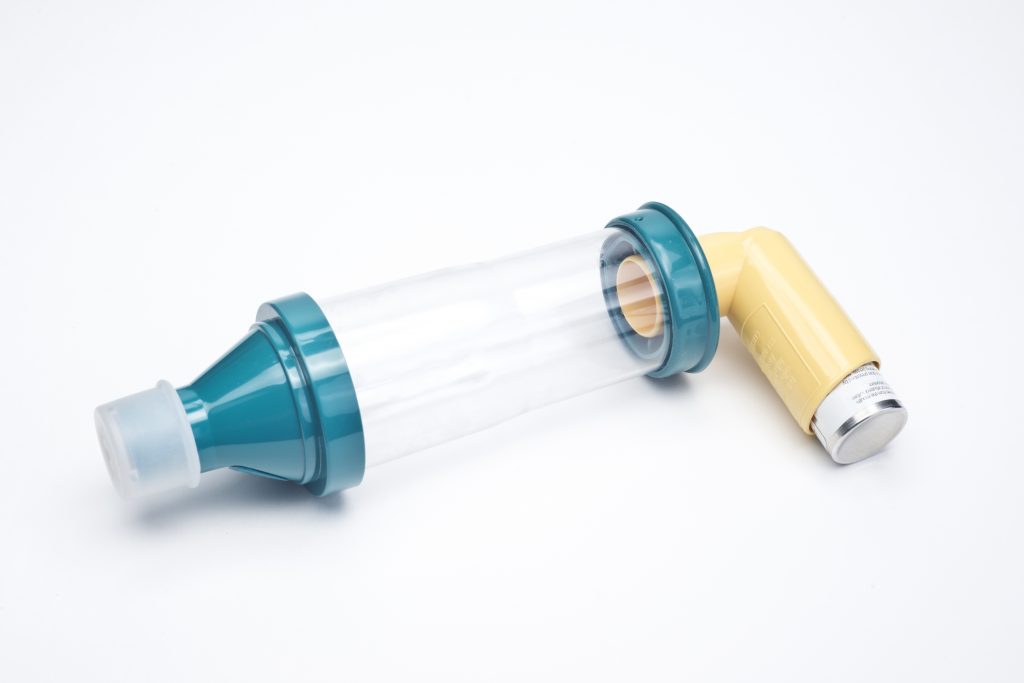
Nebulisers
A nebuliser device converts liquid medicine into a fine mist, allowing it to be breathed in through a facemask. This facemask will be connected to a medicine container and an air compressor. Nebulisers can come in a variety of sizes, from portable to plug-in, requiring either batteries or a mains supply to run. They are capable of relieving and preventing asthma symptoms, depending on the medicine used.
Nebulisers are capable of quickly and effectively administering medicine and only require you to breathe in and out naturally while wearing a face mask, with far less room for error. However, they are often bulky, take longer to use, and are less convenient than other types of asthma inhalers such as metered-dose inhalers. Nebulisers are more likely to be used for treatment within medical settings, such as in GP clinics or in hospitals, but some asthmatics do make use of nebulisers at home – more frequently amongst older adults, younger children, or in those with particularly severe asthma.
Asthmatics usually need access to at least two asthma inhalers – a reliever inhaler and a preventative inhaler. Preventative inhalers must be used frequently in order to have a beneficial effect, and not having access to a reliever inhaler could be seriously dangerous in the case of a severe attack. So you’ll always want to have a steady supply of inhalers, and you never want to be left between prescriptions without treatment.

Can You Buy Different Types Of Asthma Inhaler Online?
Both reliever and preventative inhalers are available to order online from registered UK prescribers like e-Surgery, with a Salbutamol Inhaler for just £7.95 and a Clenil Modulite for as little as £14.95. It’s really the most convenient way to get your prescriptions and different types of asthma inhalers – from the click of a button to your front doorstep via next-day delivery, complete with discreet and recyclable packaging. So breathe easy – we’ve got your prescription covered!
Further Reading
- Asthma Inhalers | Patient Info
- Inhalers and Spacers | Asthma UK
- Asthma Treatment | NHS




